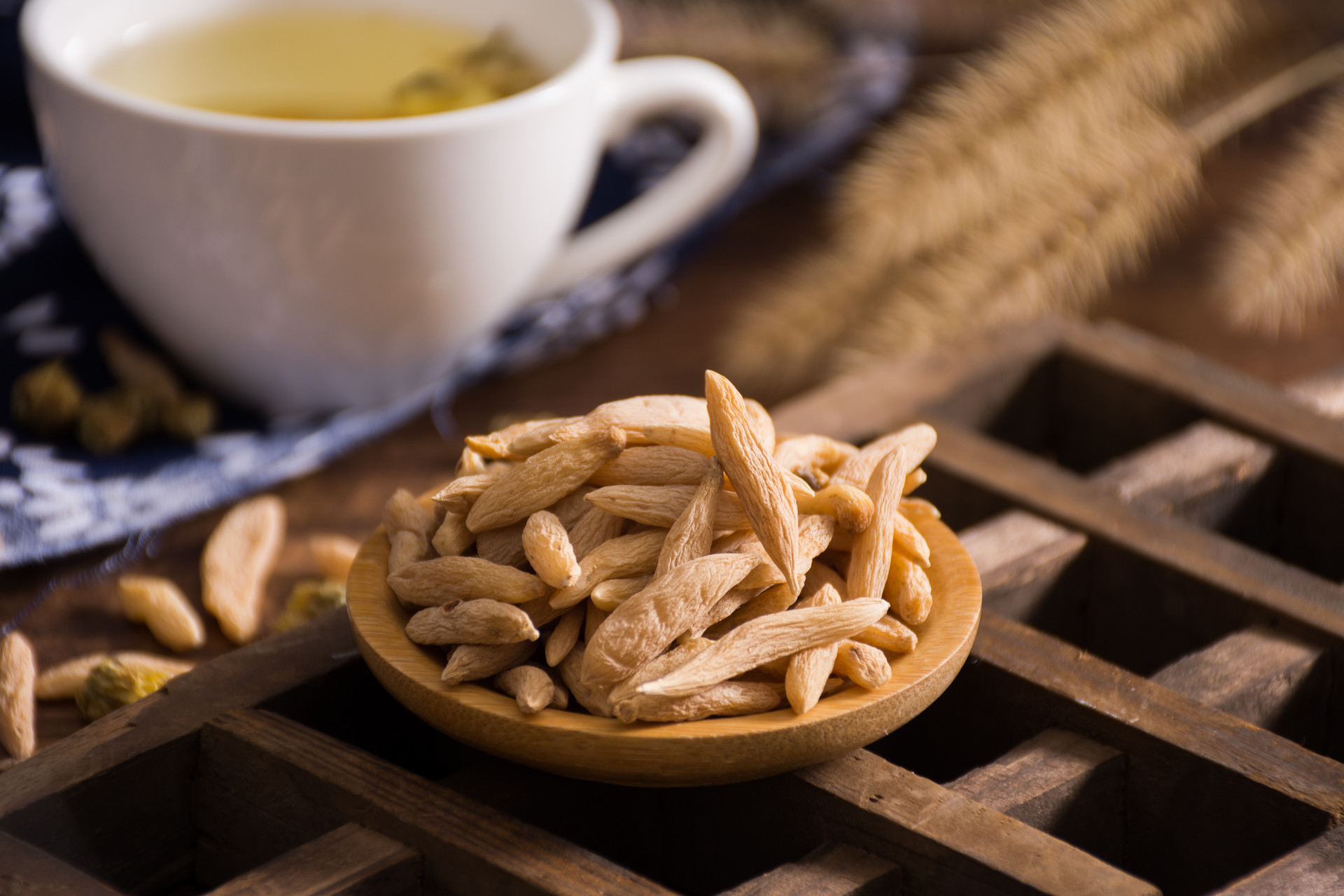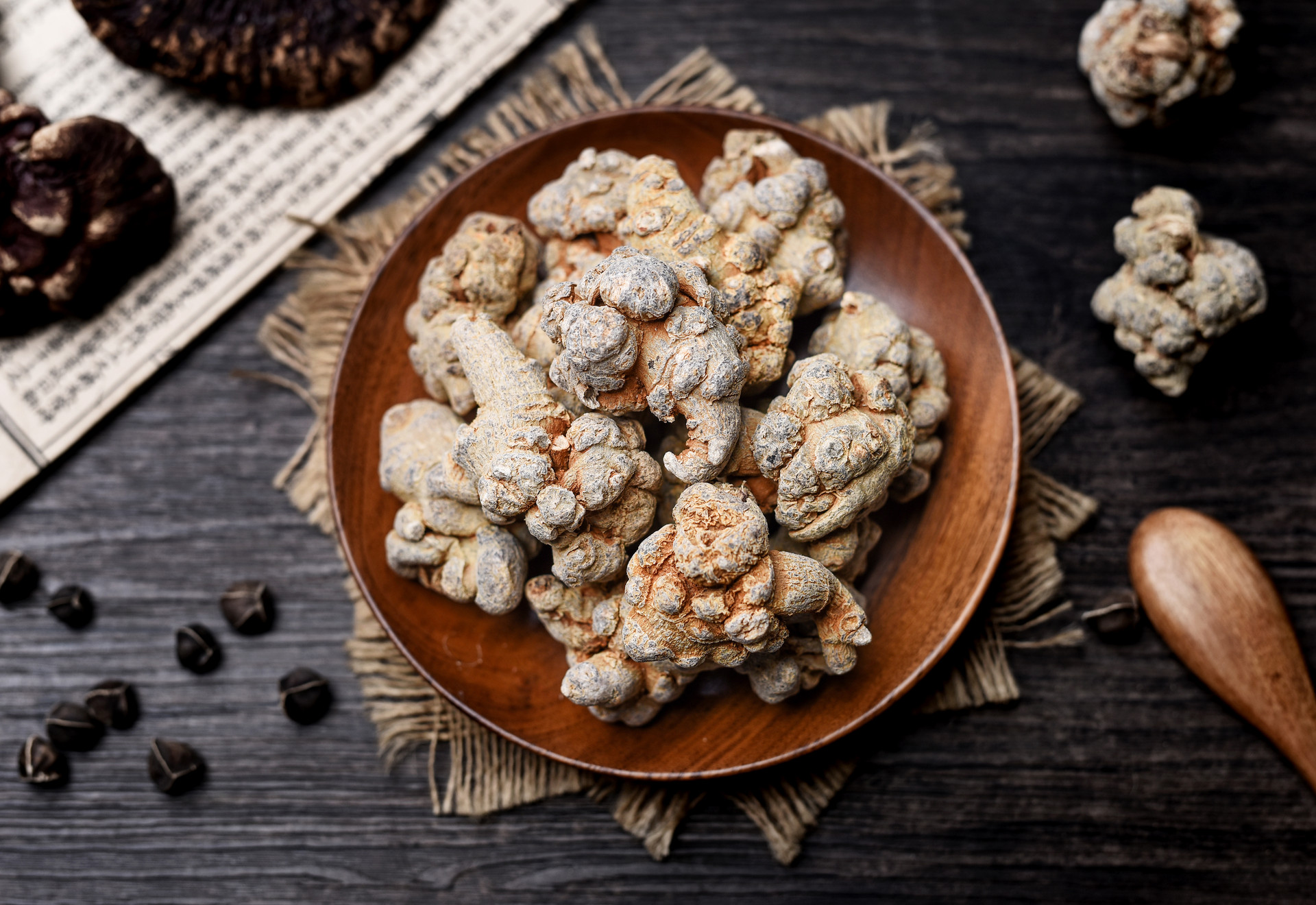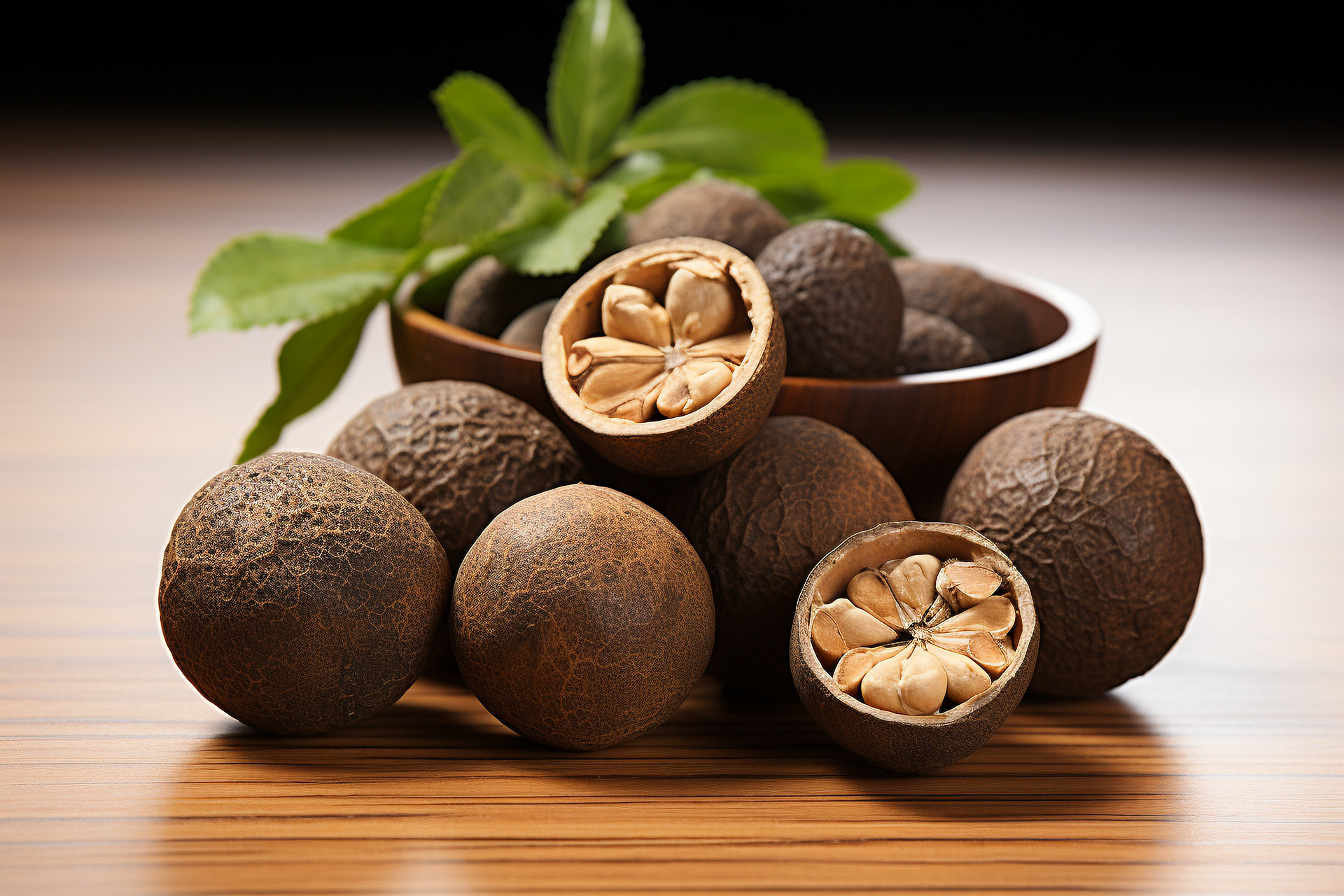Turmeric, Curcuma, and Zedoary are three herbs that all have the ability to promote blood circulation and regulate qi. They are commonly used together in clinical practice, but they do have some slight differences in their effects.

Curcuma, also known as Yu Jin, Chuan Yu Jin, or Guang Yu Jin, is the rhizome of Curcuma aromatica, Curcuma longa, or Curcuma phaeocaulis. It is distributed in Jiangxi, Fujian, Taiwan, Guangdong, Guangxi, Sichuan, Yunnan, and other regions. It has a pungent and bitter taste and a cold nature. It enters the Heart, Liver, and Gallbladder meridians. It has the functions of promoting blood circulation, clearing the mind, cooling the blood, stopping bleeding, and benefiting the Gallbladder. It is used for chest and abdominal pain, irregular menstruation, dysmenorrhea, damp-heat diseases, confusion caused by turbid pathogenic factors, chest and epigastric stuffiness, unclear consciousness, epilepsy or mania caused by phlegm and qi obstruction, vomiting blood, hematuria, jaundice, and cholelithiasis caused by liver depression and heat transforming blood stasis, and more. "Ben Cao Bei Yao" states that it "regulates qi, relieves depression, promotes blood circulation, and breaks up stasis. It cools the Heart and relieves Liver depression. It treats retrograde movement of the menstrual vessels in women." "Ben Cao Gang Mu" states that it "treats blood and qi pain in the chest and abdomen, postpartum sepsis attacking the Heart with a desire to die." Pharmacological studies have shown that it contains volatile oils, curcumin, and curcuminoids, which have mild diuretic and analgesic effects. It can reduce the formation of atherosclerotic plaques and lipid deposition in the aorta and coronary arteries. Curcumin can promote bile secretion and excretion and reduce bile pigments in urine. Its water extract has inhibitory effects on various pathogenic bacteria.

Zedoary, also known as Peng Zedoary, is the rhizome of Curcuma phaeocaulis, Curcuma aromatica, or Curcuma longa. It has a pungent, bitter, and warm nature and enters the Liver and Spleen meridians. It has the functions of breaking up blood stasis, promoting qi circulation, eliminating stagnation, and relieving pain. It is used for abdominal pain and dysmenorrhea caused by qi stagnation and blood stasis.












